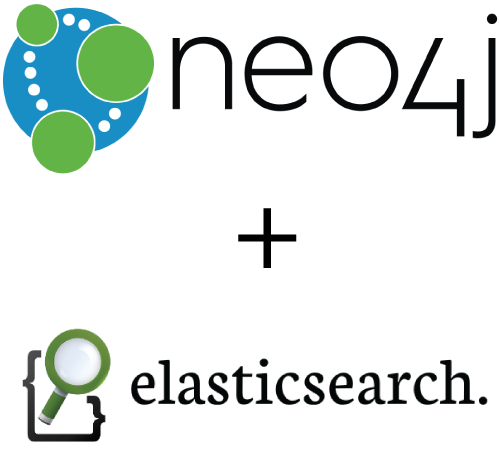There are a number of ways of integrating Neo4j with ElasticSearch. One common way was through the use of the Rivers plugin, but that was deprecated in ElasticSearch 1.5 and will likely be fully removed shortly after ElasticSearch 2.0. Going forward any integration will require a more sophisticated integration to index the desired nodes and relationships from Neo4j to ElasticSearch.
For those that don’t know, ElasticSearch is an open source search server based on Lucene that provides a distributed full-text search engine that utilizes JSON documents with a RESTful API.
Benefits of Neo4j ElasticSearch Pairing
ElasticSearch provides language analyzers, aggregations and other features right of the box, which are some of the reason it’s an ideal search solution to pair with Neo4j as opposed to trying to recreate all the text search capability within Neo4j. Some of the key advantages in the Neo4j ElasticSearch pairing include:- Swift search against large data volumes
Large and complex graph traversal queries spanning tens to hundreds of thousands of nodes that would take many seconds will take milliseconds with ElasticSearch because the query result is stored in a single document that can be easily indexed. The design of ElasticSearch is leaner and lot simpler compared to a database consisting of columns, rows, tables, fields, and schemas, which enables many documents with concise results to be indexed in a caching mechanism when the attribute nature of the query variations doesn’t explode the combinations needing stored. - Document indexing to repository
ElasticSearch can easily convert raw data (message files or log files) into internal documents. It then stores them within a basic data structure. Flowing documents to ElasticSearch is reliable to automate in a push fashion from Neo4j. - Quick data access via de-normalized storage
ElasticSearch will usually house a document for every repository in which it lives in. Full text searches are swift since documents are housed nearby to corresponding metadata within the index. The aggregators and language analyzers can then be used effectively to build together search queries that go from

No comments:
Post a Comment